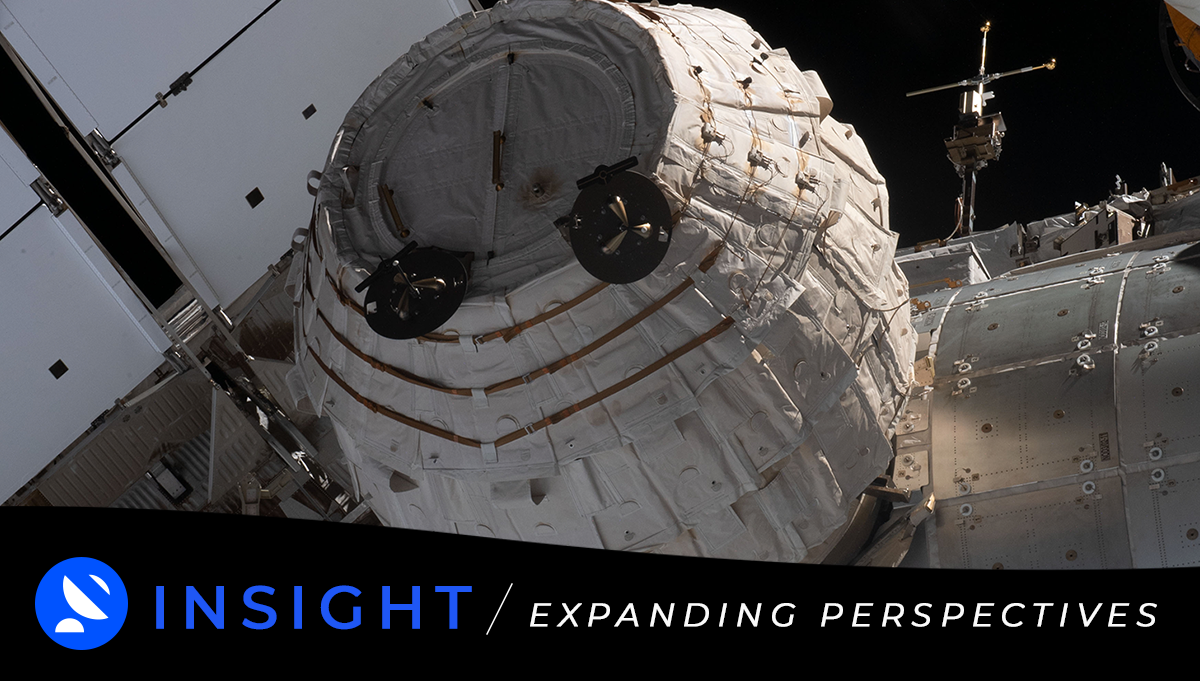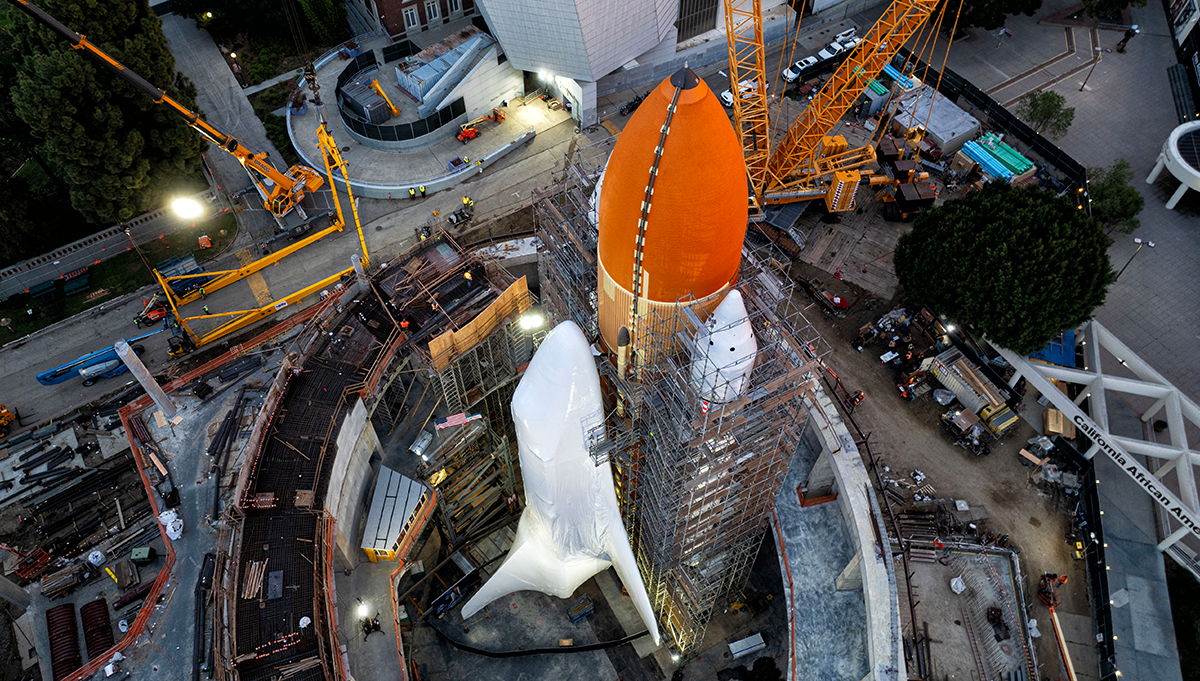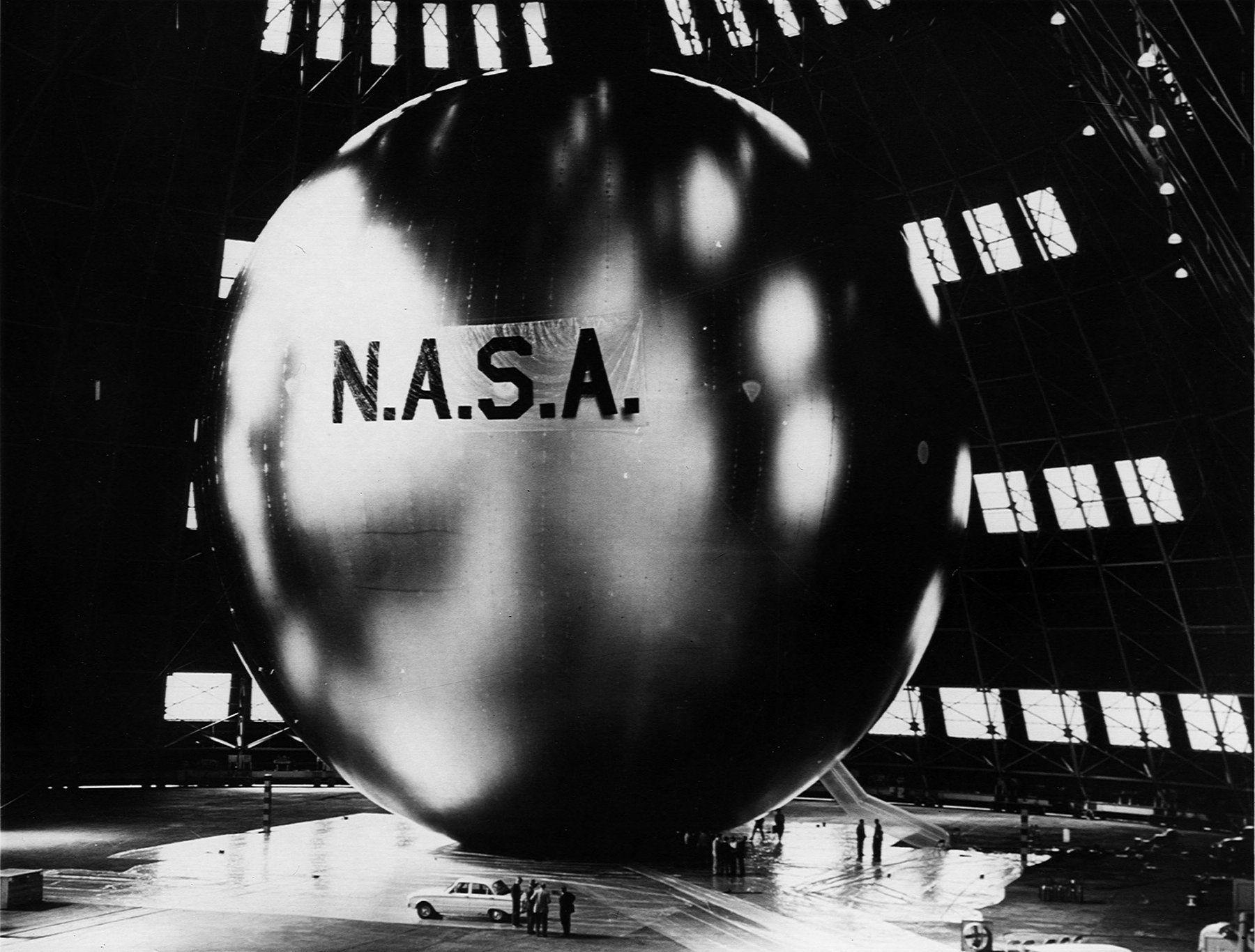August 31, 2010 Vol. 3, Issue 8
Four factors most commonly contribute to cost and schedule growth on Earth and space science missions, according to a study by the National Research Council.
Cost overruns are a persistent problem for space flight projects, as they are for complex projects in disciplines ranging from construction to software development. In the NASA Authorization Act of 2008, Congress directed NASA to sponsor a study of cost growth in Earth and space science missions. To address this requirement, the Space Studies Board of the National Research Council reviewed existing studies of cost growth related to these types of missions, including six conducted by NASA and four by outside organizations.
The resulting study, “Controlling Cost Growth of NASA Earth and Space Science Missions,” found that the four factors most commonly contributing to cost growth in Earth and space science missions include:
- overly optimistic and unrealistic initial cost estimates,
- project instability and funding issues,
- problems with development of instruments and other spacecraft technology, and
- launch service issues.
While acknowledging the differences between Earth and space science missions, the authors found that both types of missions have shown good correlation between: 1) instrument schedule growth and instrument cost growth; 2) instrument cost/schedule growth and mission cost/schedule growth; and 3) the absolute costs of instruments and instrument complexity.
The report offered 11 recommendations, including a call for a comprehensive integrated cost containment strategy as well as more specific guidance on independent cost estimates, measurement of cost growth, mission management, incentives, technology and instrument development, decadal surveys, external project reviews, and launch vehicles.
The current version of the study is a pre-publication draft. Read the study.






